This Vitamin Can Radically Reduce Damage from Radioactivity from Fukushima Via Rense. Excerpts:
As understanding of Vitamin D increases, it is becoming apparent that its most active form, Vitamin D3 (calcitriol), may offer protection against a variety of radiation-induced damages. Vitamin D’s protective action is carried by a wide variety of mechanisms, including cell cycle regulation and proliferation, cellular differentiation and communication, and programmed cell death (apoptosis).
..
The report found that the most active molecular form of vitamin D -- D3 (also known as calcitriol) -- may offer protection against a variety of radiation-induced damages, including those caused by background radiation or a low-level nuclear incident, through the following mechanisms:
Cell cycle regulation and proliferation
Cellular differentiation and communication
Programmed Cell Death (PCD)
Anti-angiogenesis (a process that stops tumors from making new blood vessels, which means they stop growing)
The protective mechanisms are so strong that researchers suggested vitamin D3 should be considered among the prime (if not the primary) non-pharmacological agents to protect against sub-lethal low radiation damage and, particularly, radiation-induced cancer.
It's unclear how much vitamin D is necessary to protect against radiation-induced cancer, but researchers have found that daily intakes of vitamin D by adults in the range of 4,000-8,000 IU are needed to maintain blood levels of vitamin D metabolites in the range needed to reduce the risk of breast and colon cancers by about half.
I sense the answer is "Yes." Are Nuclear Reactions Still Occurring at Fukushima?
720,000 Terabecquerels of Radioactive Materials in 100,000 Tonnes of Contaminated Water Ex-SKF via Rense. Excerpts:
When I posted the news about 100,000 tonnes of highly contaminated water at Fukushima I Nuke Plant, I forgot to mention this. (You can read about it in the Businessweek article here.)
That water is estimated to contain 720,000 terabecquerels of radioactive iodine and cesium.
That's another "Level 7" right there.
That's more than what has been released into the atmosphere, which the Nuclear Safety Commission estimates to be about 630,000 terabecquerels and Nuclear and Industrial Safety Agency estimates to be about 370,000 terabecquerels.
Arnie Gundersen Interview: The Dangers Of Fukushima Are Worse And Longer-lived Than We Think From Zero Hedge. Excerpts:
"I have said it's worse than Chernobyl and I’ll stand by that. There was an enormous amount of radiation given out in the first two to three weeks of the event. And add the wind and blowing in-land. It could very well have brought the nation of Japan to its knees. I mean, there is so much contamination that luckily wound up in the Pacific Ocean as compared to across the nation of Japan - it could have cut Japan in half. But now the winds have turned, so they are heading to the south toward Tokyo and now my concern and my advice to friends that if there is a severe aftershock and the Unit 4 building collapses, leave. We are well beyond where any science has ever gone at that point and nuclear fuel lying on the ground and getting hot is not a condition that anyone has ever analyzed."
So cautions Arnie Gundersen, widely-regarded to be the best nuclear analyst covering Japan's Fukushima disaster. The situation on the ground at the crippled reactors remains precarious and at a minimum it will be years before it can be hoped to be truly contained. In the near term, the reactors remain particularly vulnerable to sizable aftershocks, which still have decent probability of occurring. On top of this is a growing threat of 'hot particle' contamination risk to more populated areas as weather patterns shift with the typhoon season and groundwater seepage.
Precarious.
As understanding of Vitamin D increases, it is becoming apparent that its most active form, Vitamin D3 (calcitriol), may offer protection against a variety of radiation-induced damages. Vitamin D’s protective action is carried by a wide variety of mechanisms, including cell cycle regulation and proliferation, cellular differentiation and communication, and programmed cell death (apoptosis).
..
The report found that the most active molecular form of vitamin D -- D3 (also known as calcitriol) -- may offer protection against a variety of radiation-induced damages, including those caused by background radiation or a low-level nuclear incident, through the following mechanisms:
Cell cycle regulation and proliferation
Cellular differentiation and communication
Programmed Cell Death (PCD)
Anti-angiogenesis (a process that stops tumors from making new blood vessels, which means they stop growing)
The protective mechanisms are so strong that researchers suggested vitamin D3 should be considered among the prime (if not the primary) non-pharmacological agents to protect against sub-lethal low radiation damage and, particularly, radiation-induced cancer.
It's unclear how much vitamin D is necessary to protect against radiation-induced cancer, but researchers have found that daily intakes of vitamin D by adults in the range of 4,000-8,000 IU are needed to maintain blood levels of vitamin D metabolites in the range needed to reduce the risk of breast and colon cancers by about half.
I sense the answer is "Yes." Are Nuclear Reactions Still Occurring at Fukushima?
720,000 Terabecquerels of Radioactive Materials in 100,000 Tonnes of Contaminated Water Ex-SKF via Rense. Excerpts:
When I posted the news about 100,000 tonnes of highly contaminated water at Fukushima I Nuke Plant, I forgot to mention this. (You can read about it in the Businessweek article here.)
That water is estimated to contain 720,000 terabecquerels of radioactive iodine and cesium.
That's another "Level 7" right there.
That's more than what has been released into the atmosphere, which the Nuclear Safety Commission estimates to be about 630,000 terabecquerels and Nuclear and Industrial Safety Agency estimates to be about 370,000 terabecquerels.
Arnie Gundersen Interview: The Dangers Of Fukushima Are Worse And Longer-lived Than We Think From Zero Hedge. Excerpts:
"I have said it's worse than Chernobyl and I’ll stand by that. There was an enormous amount of radiation given out in the first two to three weeks of the event. And add the wind and blowing in-land. It could very well have brought the nation of Japan to its knees. I mean, there is so much contamination that luckily wound up in the Pacific Ocean as compared to across the nation of Japan - it could have cut Japan in half. But now the winds have turned, so they are heading to the south toward Tokyo and now my concern and my advice to friends that if there is a severe aftershock and the Unit 4 building collapses, leave. We are well beyond where any science has ever gone at that point and nuclear fuel lying on the ground and getting hot is not a condition that anyone has ever analyzed."
So cautions Arnie Gundersen, widely-regarded to be the best nuclear analyst covering Japan's Fukushima disaster. The situation on the ground at the crippled reactors remains precarious and at a minimum it will be years before it can be hoped to be truly contained. In the near term, the reactors remain particularly vulnerable to sizable aftershocks, which still have decent probability of occurring. On top of this is a growing threat of 'hot particle' contamination risk to more populated areas as weather patterns shift with the typhoon season and groundwater seepage.
Precarious.







































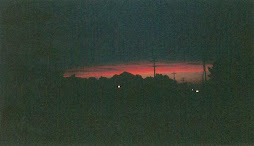







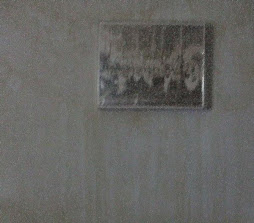






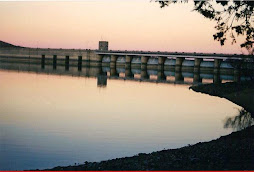







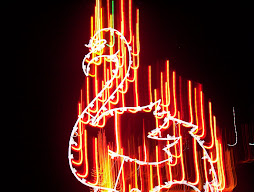




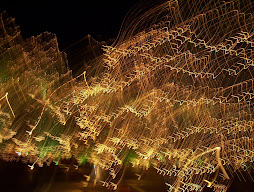

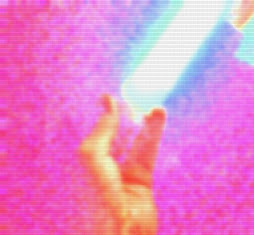









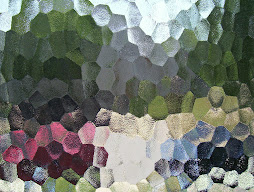
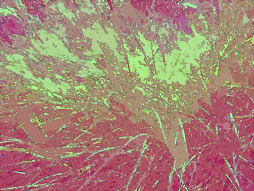
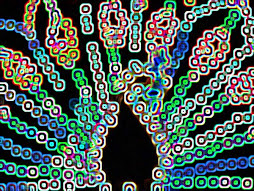









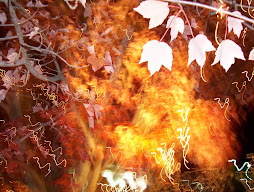









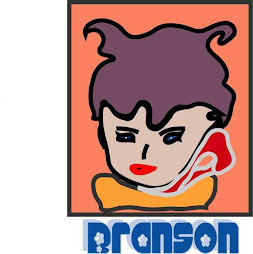



No comments:
Post a Comment